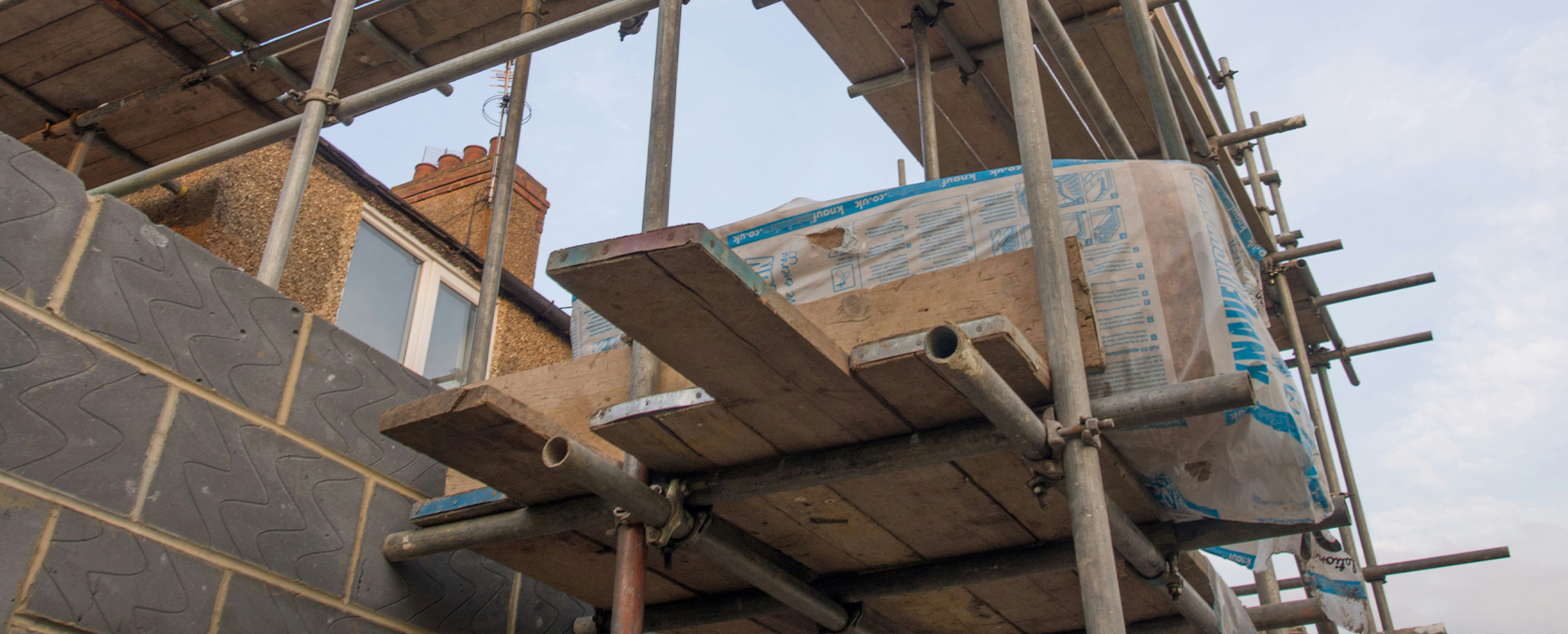Structural repair in brickwork is a critical aspect of building maintenance, ensuring the longevity and safety of brick structures. Over time, brickwork can develop issues like cracking, bulging, or deterioration, often due to environmental factors, ageing, or structural stress.
Identifying Structural Issues
The first step in structural repair is identifying the problem. Common issues include cracks in walls, loose or bulging bricks, and deteriorating mortar. These problems can be caused by various factors, including foundation settlement, moisture penetration, or thermal expansion.
Repair Techniques
Once the issue is identified, appropriate repair techniques are employed. This might involve repointing (replacing the mortar), reinforcing the structure with steel bars, or even rebuilding sections of the wall. The choice of technique depends on the severity and cause of the damage.
Ensuring Structural Integrity
The primary goal of structural repair is to restore the integrity of the brickwork. This requires not only fixing the visible damage but also addressing any underlying issues, such as drainage problems or foundation faults, to prevent future damage.
Preserving Aesthetics
While structural integrity is paramount, preserving the brickwork’s aesthetic appeal is also important, especially in historic buildings. Matching the new bricks and mortar to the original as closely as possible is key to maintaining the building’s appearance.
Conclusion
Structural repair in brickwork is a delicate balance between restoring strength and maintaining aesthetics. It is a crucial process that requires expertise and attention to detail, ensuring that brick structures remain safe, functional, and visually pleasing for years to come.

